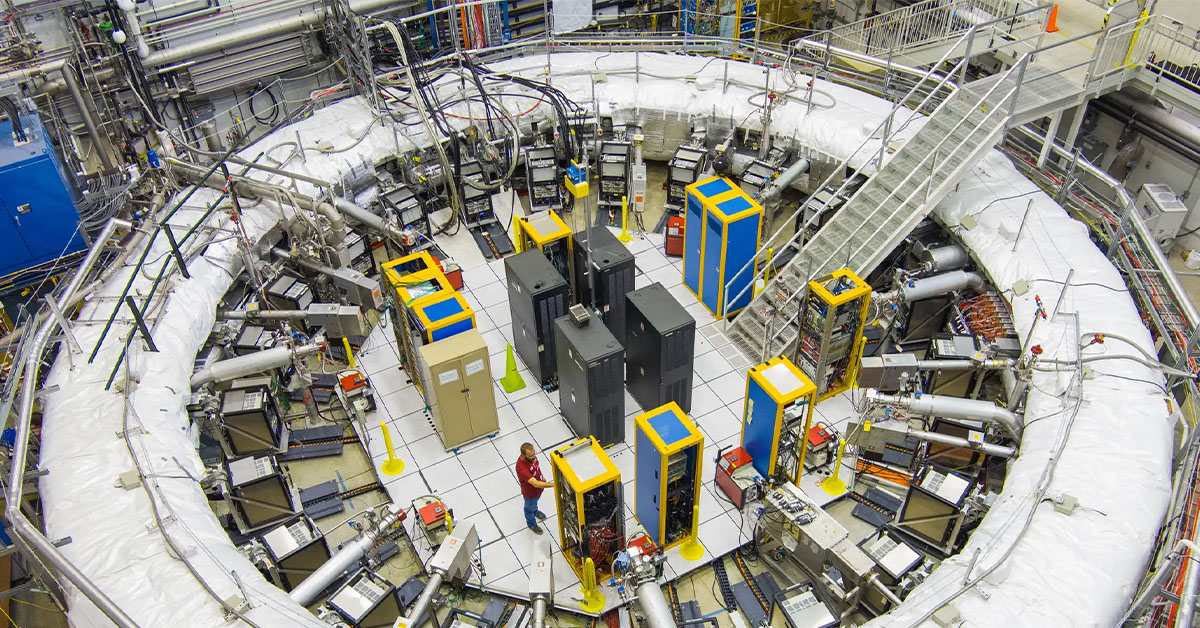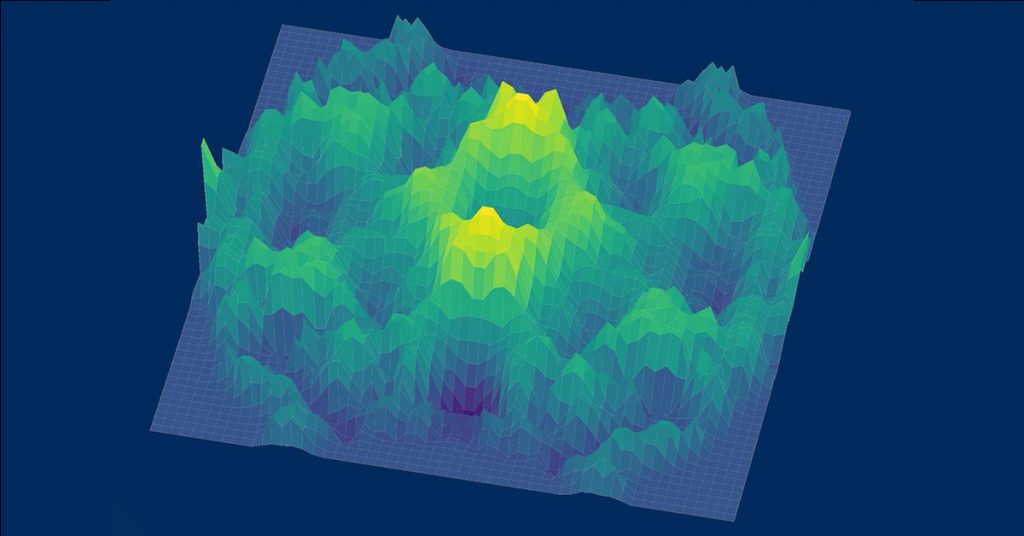Physicists have disclosed that an unexpected perturbation in the movement of a subatomic particle has provided a noteworthy boost to the intriguing hypothesis proposing the existence of a fifth fundamental force of nature.
As per the existing comprehension, there are four fundamental forces governing nature, with the electromagnetic force and the strong and weak nuclear forces being elucidated by the standard model of particle physics. Nonetheless, this model falls short in clarifying gravity, another fundamental force, and dark matter, a peculiar and enigmatic substance estimated to constitute around 27% of the cosmos.
Presently, scientists have postulated the potential existence of an additional, fifth, fundamental force of nature. Dr. Mitesh Patel from Imperial College London expounded, “We’re using the term ‘fifth force’ because the behavior observed in these experiments cannot be adequately elucidated by the four established forces.”
This recent insight stems from investigations conducted at the Fermilab particle accelerator facility in the US, focusing on the motion of muons—subatomic particles similar to electrons but roughly 200 times more massive—within a magnetic field. Patel likened the motion of muons to that of a spinning top, revolving around the magnetic field’s axis. Nevertheless, as the muons journey, they demonstrate a wobbling effect. This wobbling frequency could be predicted using the standard model.
However, the experimental outcomes from Fermilab do not appear to align with these predictions. Prof. Jon Butterworth from University College London, who contributes to the Atlas experiment at CERN’s Large Hadron Collider (LHC), explained, “The wobbling is a consequence of how the muon interacts with the magnetic field. While the standard model can accurately calculate this effect, the calculation relies on quantum loops with known particles participating in those loops.”
In the event that the measured data diverges from the projected outcomes, it might signal the presence of an unidentified particle taking part in these loops. This could potentially signify the introduction of a fifth force.
These findings corroborate earlier work from Fermilab that exhibited similar disparities. However, Patel pointed out a complication, noting that between the initial results and the new data, there has been an escalation in the uncertainty surrounding the theoretical frequency prediction. This nuance could potentially reshape the scenario, as Patel remarked, “Perhaps the observations correspond to the established scientific paradigm—the so-called standard model.”
Additional challenges also come into play. Butterworth commented, “Should the discrepancy be corroborated, it would indicate the emergence of something novel and exciting; however, the precise nature of this phenomenon would remain uncertain.” Ideally, these deviations would provoke fresh theoretical concepts, leading to novel predictions—for instance, regarding the hypothetical particle mediating the new force. Subsequently, confirming this proposition would necessitate designing an experiment to directly detect this particle.
The Fermilab experiments are not the solitary indicators of a potential fifth force. Investigations conducted at the LHC have also unveiled intriguing findings, albeit via a distinct approach scrutinizing the production rate of muons and electrons during the decay of specific particles.
Patel, who contributed to the LHC experiments, noted that these outcomes have become less consistent now. He elucidated, “They involve distinct experiments, measuring disparate phenomena, and the correlation, if any, is uncertain.”
Butterworth emphasized that the unexpected oscillation frequency of muons constitutes one of the most prolonged and prominent disparities between a measurement and the standard model. “The measurement is a substantial accomplishment and currently quite improbable to be erroneous. Consequently, if the disparities within the theoretical predictions are resolved, this could potentially serve as the inaugural substantiation for a fifth force—or an alternate anomaly transcending the standard model.”









